Pharmacy Students and COVID-19; A Perspective Study on their Awareness, Data Resources and Information Accuracy
Introduction
By the end of December 2019 and up to now, everyone in this world had been impassable by COVID-19 pandemic, but education process of medical and pharmacy students had been more rediscovered by COVID-19 in unique ways. Nowadays, COVID-19 has emphasized the importance of continued learning for the profession of the pharmacist’s expanded role and value to the health care team. Also, it was a chance for pharmacy teachers to re-evaluate problems and shortage in recent curricula and study pharmacy students themselves. Yet, doubt about their sources of knowledge and their interests on outbreaks topics as COVID-19 has persistently affect methods of pharmacy curricula preparation and practices. Many theories disclose the importance of the knowledge quantity and quality within the pharmacy schools’ curricula and suggest continuous developing a curriculum to enable graduates to cope with the modern world [1-3].
Unique challenge as COVID-19 pandemic was a new shock wave of considering the curriculum and earned learning skills are educational vehicles for the medical and pharmacy student’s own journey of becoming a professional in searching for information and its evaluation. It is well known that the main purpose of a pharmacy degree program is to provide students with the skills and experiences they will need to practice as a drug information provider not as information bulk. Because, the face of an explosion of knowledge and rapid changes in healthcare management and treatment, much energy is being expended to ensure that the content is up-to-date and evident based to practice. This process must be managed to avoid overcrowding of the curriculum and teach student how to safely reach information and think about it [4]. Further, the vast amount of content to be covered, pharmacy curricula may rely on delivering the content through lectures where the students tend to remain unresponsive so, it also should be avoided and replaced by practical sessions [3].
The lectures are often supported by tutorials or laboratory practical to give students the opportunity to develop the necessary skills and to apply the knowledge learned. So, pharmacy and medical students had been studying a huge amount of information in different curricula, which nowadays seems boring and uninterested. The learning of skills is the only way to make pharmacy student devoted with information especially in the recent days we face a crisis as COVID-19. COVID-19 is novel coronavirus disease that appeared at the end of 2019 in Whun, China. It has proved as one of the most serious pandemics and fetal in mankind’s history. It has influenced a huge number of individuals over worldwide, making alarm and congestion in all circles of life and in its way, it revealed the problems of education methods and learning defects between medical and pharmacy students. Like other viruses of the Coronavirus family, origin of virus is RNA virus [5]. The main clinical manifestations of the disease are very close to the Severe Acute Respiratory Syndrome (SARS) infection which are; malaise which occurs in 99% of the infected persons, dry cough, dyspnea and bilateral patchy infiltration on imaging [6].
The overall mortality rate of COVID-19 is 2% which is much lower than that of (SARS) and Middle East Respiratory Syndrome (MERS) [7]. The virus firstly, named as 2019-nCoV and afterward changed it to extreme intense respiratory condition coronavirus 2 (SARS-CoV-2) due to its similarity to SARS in structure and manifestations. The most significant broadcast method of transmission that is right now established upon, is human-tohuman by means of respiratory beads or direct contacts [8].
During the first half of 2020, Egypt confirmed cases of COVID-19 is rising day by day mostly the last report of laboratory-confirmed COVID-19 cases and deaths in Egypt are as follows: until July 30, 2020, a total of 90.000 cases were confirmed, of whom 5.000 died due to COVID-19 and 200.000 recovered and were discharged from hospitals [9,10]. This study designed for examination the quality of knowledge about COVID-19 between pharmacy students and their resources of information. The analysis of pharmacy students’ knowledge included simple exam about basic information about the COVID-19, preventive behaviors and its broadcast in their country. Since COVID-19 is currently spreading in Egyptian hospitals and all over the world we must learn how student deal with it. In addition.
Methods
This cross-sectional study was conducted on Egyptian pharmacy students, faculty of pharmacy, Deraya University to study their COVID-19 related knowledge, preventive behaviors, and risk perception according to their interests and sources of information they adapted to follow. 1070 participants were encounter to the study. The survey covered the domains of student characteristics, awareness, information sources, knowledge and perceptions related to COVID-19. The developed draft survey instrument was distributed to ten randomly selected faculty members to assess its readability and validity before pretesting. Then questioner was sent to some experts and finally it was revised following the experts’ opinions and suggestions. Questionnaire was prepared in English language as a MCQ model following the instructions and guidelines of WHO that had five parts:
a) General information of Corona virus.
b) Knowledge on manifestations; it included knowledge on signs and symptoms of COVID-19, knowledge on the protective ways to prevent transmission COVID-19, knowledge on COVID transmission.
Protection and treatment COVID-19; it was subdivided into two portions:
i. Perception towards COVID-19.
ii. Perception about the impact of COVID-19.
c) Prediction towards COVID-19 second wave, and
d) COVID-19 broadcast in their country.
Questioner was conducted from 20th to 28th of July 2020, within a week in faculty of pharmacy. Correct answers given to the knowledge measurement questions are scored as 1 point, and participants can get 0 to 20 points in total. And it was subdivided into three groups fair (0-5), good (6-10), very good (11-15) or excellent (16-20).
Ethical Considerations
Confidentiality of the study participants’ information was maintained throughout the study by making the participants’ information anonymous and asking the participants to provide honest answers. Eligible participants in this survey were voluntary and was not compensated. The study was performed following the Helsinki Declaration as revised in 2013. We informed all participants about the aim of the study.
Data Analysis
The obtained data were coded, validated, and analyzed using SPSS version 24 (IBM, Armonk, NY, USA). Descriptive analysis was applied to calculate the frequencies and proportions. The chisquare test was used to investigate the level of association among variables. A p-value of less than 0.05 was considered statistically significant. Graph Pad for Windows version 9 was used for the statistical analysis of the research data. The normality of the distribution of the data was evaluated using Shapiro Wilk values. We performed frequency, percentage, mean, and standard deviation for reporting demographic data of the participants. Additionally, twoway ANOVA-test and analysis of variance were used for comparing the continuous data averages.
Results
A total of 1070 students participated, 39.7% were male and 60.3% were female students. Their age ranged from 17 to 25 years. The majority of the students (40.9%) were from rural area, (34.1%) came from urban area. Table 1 show demographics of participants including the mean. Main objective of study revealed in Figure 1,that show the percent of correct answers about COVID-19 among participants in questioner. Figure 1 assume more than 60% of participants were incorrect answers while less than 25% of participants gave good answers of all questions correctly that was significantly different (p=0.00002). For understanding these results, first we asked about their resources then, if they interesting on COVID-19 in addition to the importance of information they studied from faculty curricula. Regarding resources; it was some while surprising.
Figure 2: Percent of participants adapted to use social media, faculty curricula or medical websites as resource of information about COVID-19.
According to Figure 2; approximately 60% of the participants reported that they used social media (Facebook, Twitter, WhatsApp, YouTube, Instagram,) to obtain information about COVID-19 Moreover, nearly 25% of the participants sometimes obtained information about COVID-19 from medical website. Regarding interesting; Figure 3, show More than 42% of participants were strongly response about their interesting on COVID crisis, while (26%) were fair and very strong response about their interesting on COVID crisis To more studying about participant relation to social media they were asked about their activity rating. Figure 4 show that 40% of students were active on social media (more than 6 hours/day) while, 25% were fair on social media and 5% of them were not respond on social media. In addition; it was found 70% of participants denied any role of their curriculum as a resource for COVID-19 information as illustrated in Figure 5. Finally, resulted disclose that 45% of students are not convinced of online education during COVID-19 quarantine.
Discussion
In this paper we describe pharmacy education problems in Upper Egypt that revealed in COVID-19 pandemic. Results highlighted major issues in pharmacy practice including deficiencies in curriculum. The shortage of the correct data about COVID was discussed, including the problems of online learning. The information presented in this paper may stimulate discussion and critical analysis and planning, and will be of value in further adaptation of the pharmacy education to desired educational outcomes. The major cause for revealing these problems was a questioner about COVID-19 that was evaluated by experts. Results of the questioner were surprising as it confirmed thar high percent of participant give wrong answers about COVID-19 and categorized as fair. After further analysis of data, we can return this fairness to the following; 60% of participants considered social media as a valid resource of information, 25% of participants were not interested about COVID-19 pandemic and finally 70% of participant owing their bad results to shortage in their curricula.
These findings were make-sure by studying the activity of participants on social media that show high activity that was come with previous study and ascertain Millennial students have grown up with technology and it is viewed as a natural part of the environment [11]. Additionally, research is needed on pharmacy students’ attitudes toward authority figures judging character, professional attitudes, and employability based on one’s online persona. Our results demonstrate variability of information resources used by participants. As a result, we found different levels of correctness. We included a special question about curricula and it was not surprising that students ascertain useless of traditional methods of illustration and useless content of current curricula thar earlier reported Millennial students have grown up with technology and it is viewed as a natural part of the environment [11].
Additionally, research is ascertain the useless of content and illustration methods in the present curricula as earlier reported by many [3,4,12]. At the end the debate about on-line learning in our countries still a challenge for governments and education leaders as our participant still complain from online leaning in contrast with others [13]. As pharmacists and pharmacy students are the first entities who may have close connection with the affected people. Lack of proper related knowledge or false knowledge in this populace can make them miscalculate the situation, increase stress and exaggerate the level of cases and may interrupt the appropriateness of their medical decisions in addition, Medical staff have always been at risk of contagious diseases and be a source of infection. So their knowledge is a big encounter.
Limitation
We could not conduct pilot study for post-testing of this questionnaire for shortage of time.
Conclusion and Recommendation
Results exposed major problems in both pharmacy curricula and methods of education among medical students in Egypt and Arab countries. It is recommended to give a special consideration for searching and information resources starting from the first grade, afford more prospects to argue drawbacks of social media information and instruct students how to evaluate information before dissemination.
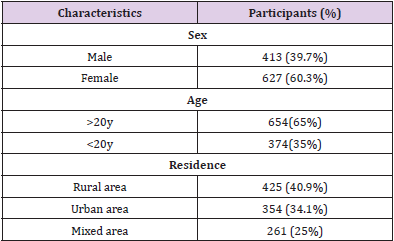
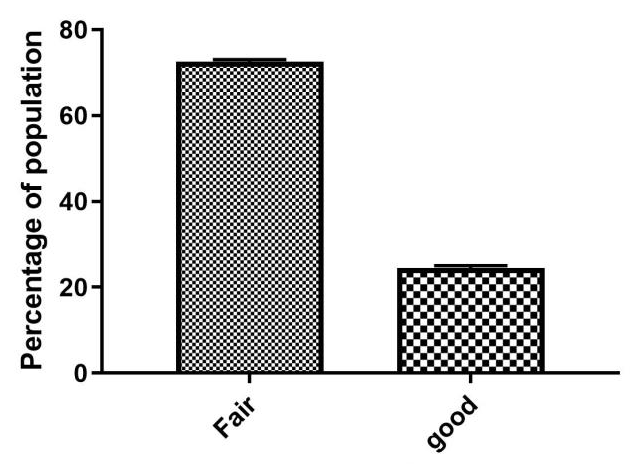
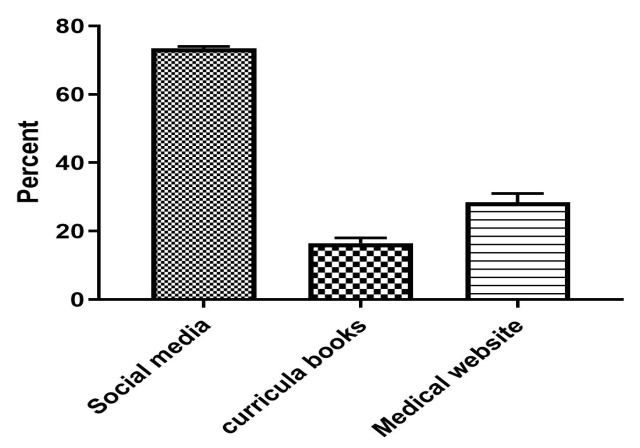
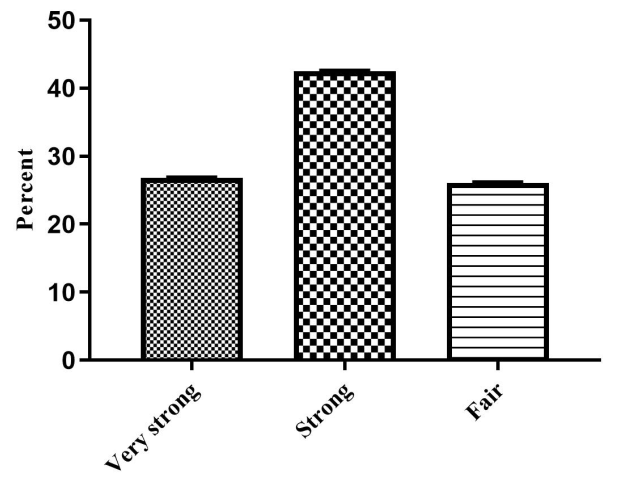
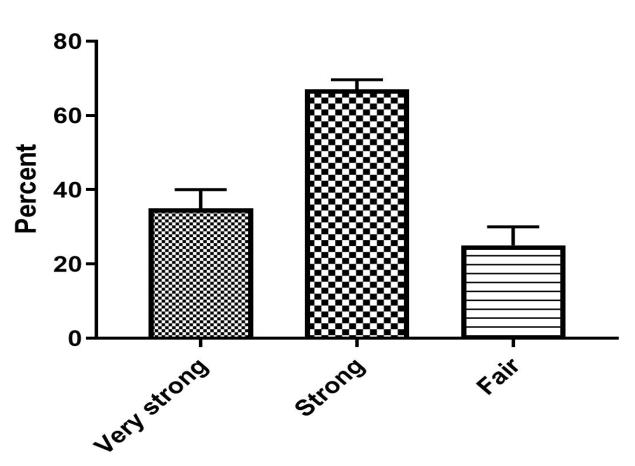
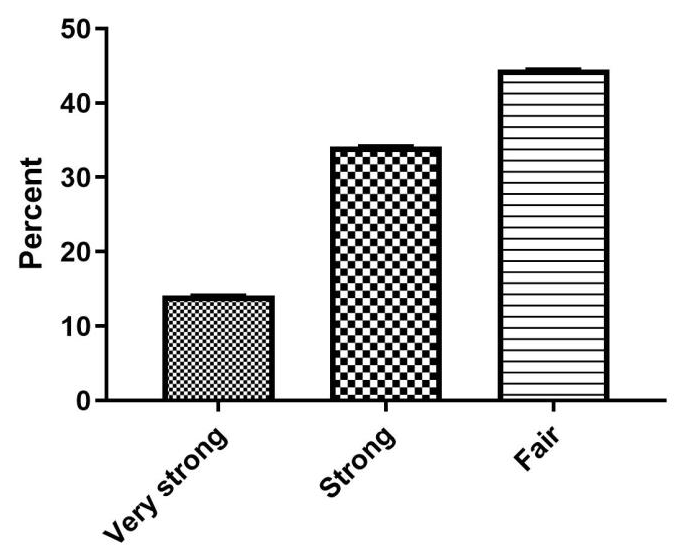


No comments:
Post a Comment
Note: Only a member of this blog may post a comment.